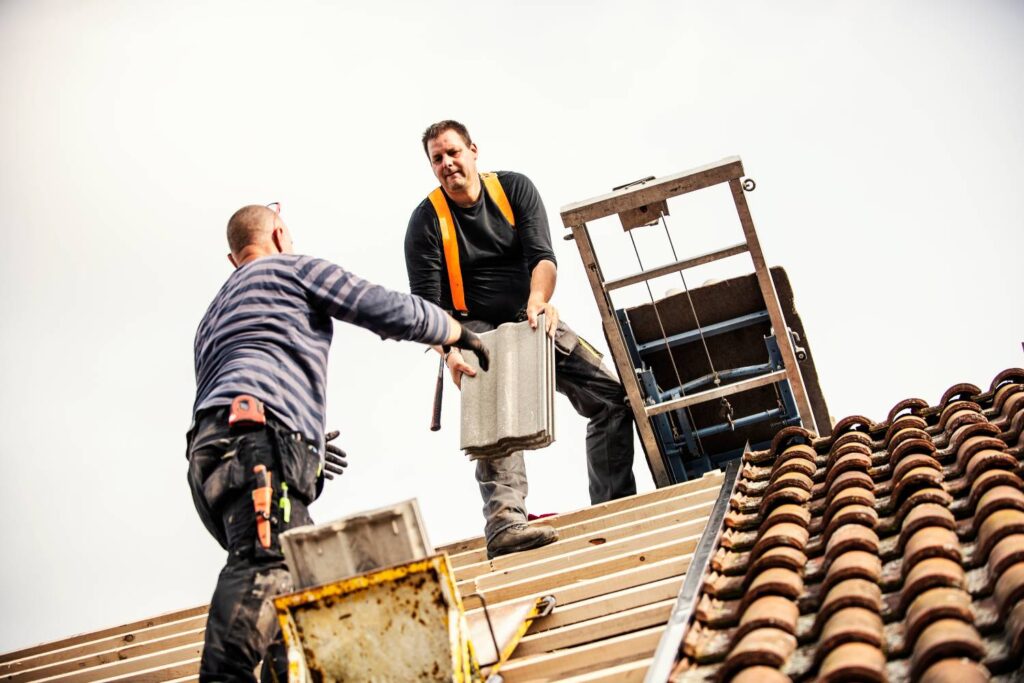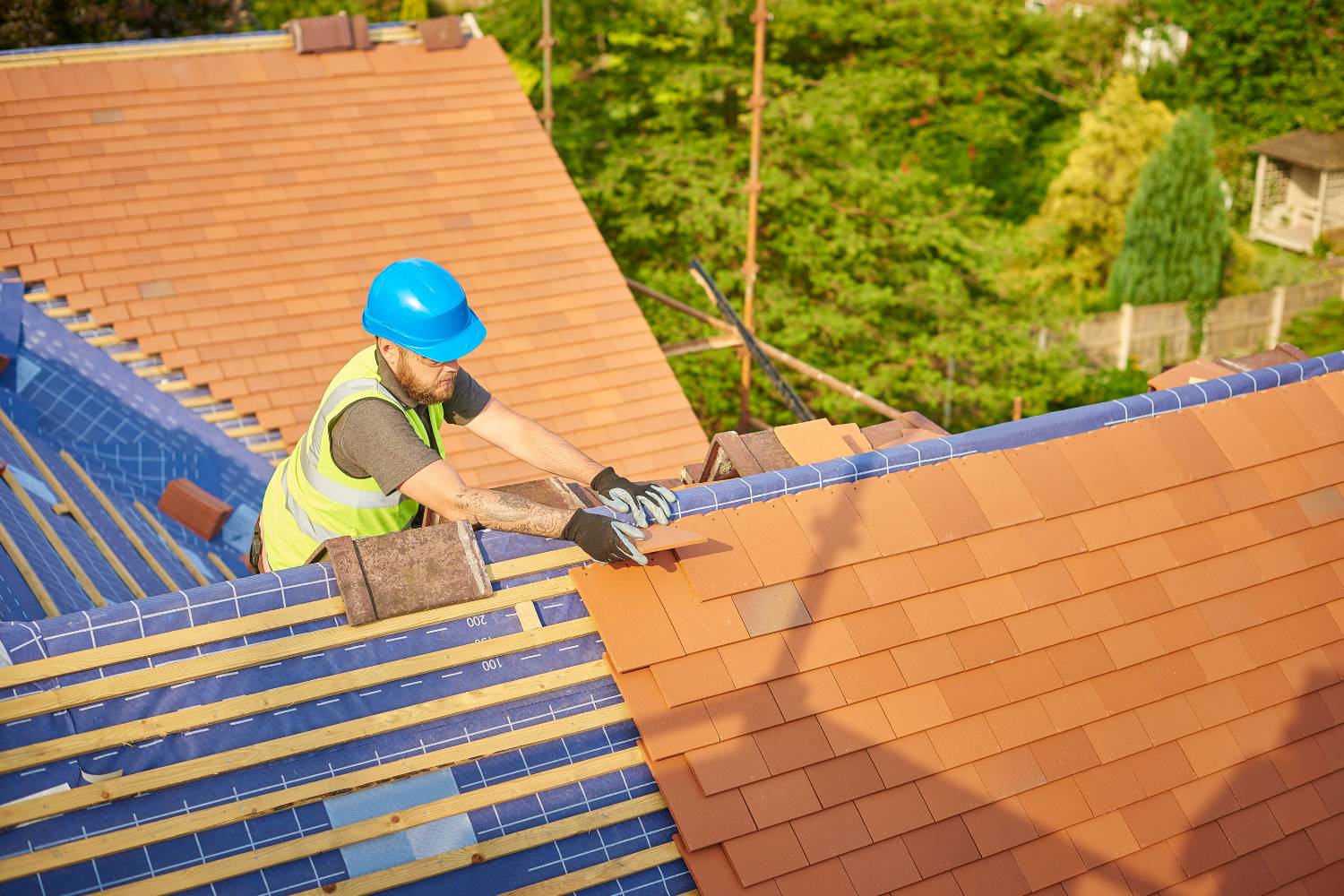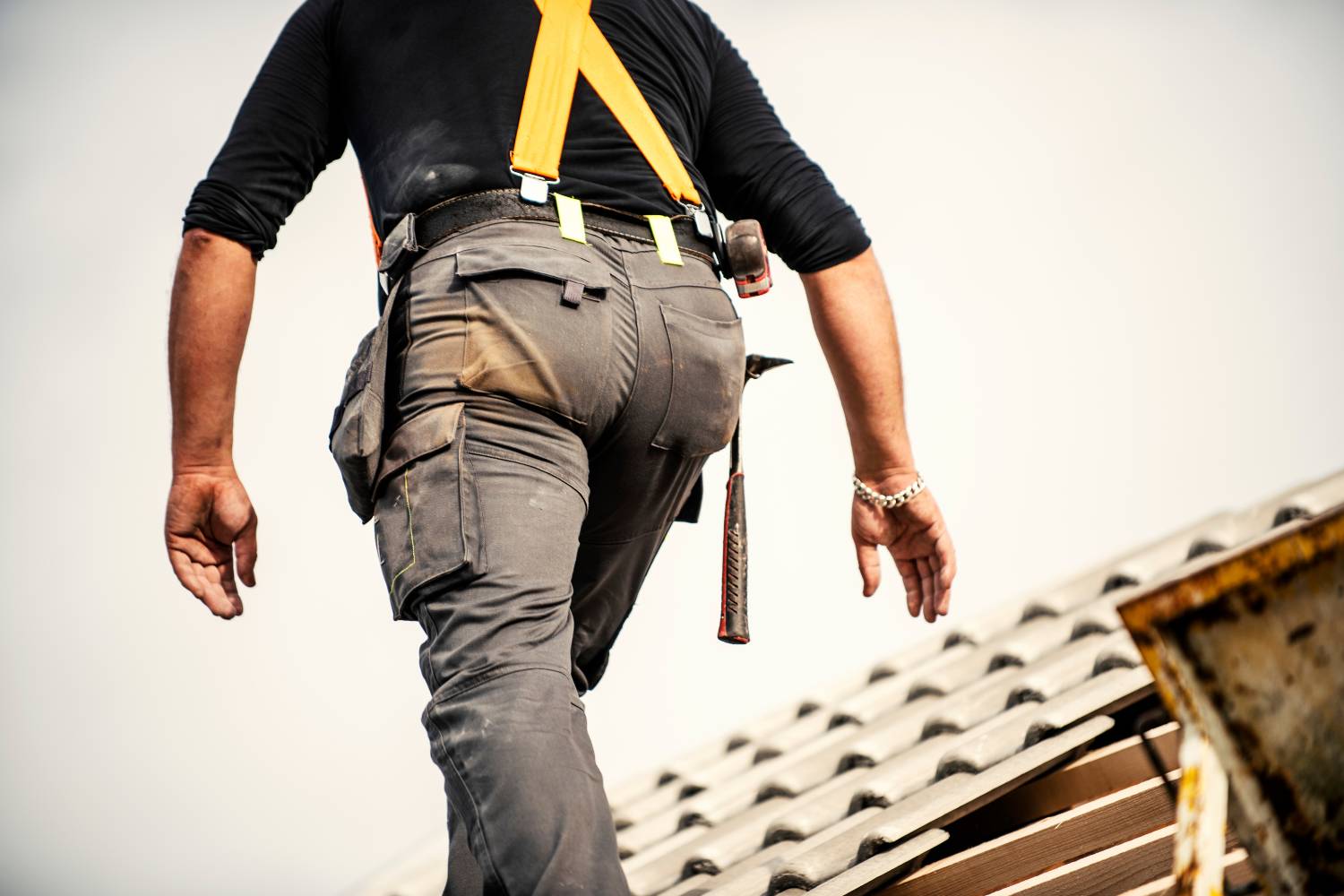Embarking on the journey of roof restoration presents a prime opportunity to integrate solar panels, blending sustainability with essential home maintenance. As homeowners increasingly seek ways to enhance energy efficiency and reduce costs, the synergy between roof restoration and solar panel installation emerges as a compelling choice.
This guide delves into the benefits and considerations of incorporating solar panels during roof restoration, offering a comprehensive roadmap to a more sustainable and cost-effective future for your home. Discover how this integration not only protects and rejuvenates your roof but also contributes to environmental preservation and long-term financial savings.
Why Should You Consider Solar Panels During Roof Restoration?
Roof restoration is an essential maintenance task that ensures the longevity and integrity of your home’s structure. However, incorporating solar panels during this process can provide additional benefits, making it a worthwhile consideration. This article will explore the advantages of combining roof restoration with solar panel installation, providing a comprehensive understanding of why this integration is beneficial.
Benefits Of Integrating Solar Panels During Roof Restoration
- Cost Savings: Installing solar panels can significantly reduce your electricity bills by allowing you to generate your own power. Over time, the savings on energy costs can offset the initial investment in both roof restoration and solar panel installation.
- Energy Independence: Solar panels enable homeowners to become more energy-independent, reducing reliance on traditional energy sources and mitigating the impact of energy price fluctuations.
- Environmental Impact: Solar energy is a clean, renewable source that reduces your carbon footprint. By choosing solar panels, you contribute to a greener future and help combat climate change.
- Increased Property Value: Homes equipped with solar panels are more attractive to buyers and often sell at a premium. Solar panels can enhance the market value of your property, making it a smart financial investment.
- Durability and Longevity: High-quality solar panels are built to last and can withstand various weather conditions. They can protect the underlying roof structure from further wear and tear.
Considerations For Roof Restoration With Solar Panels
- Roof Condition: Before installing solar panels, assess the condition of your roof. If your roof is old or damaged, it’s best to restore it first to ensure it can support the new solar installation without issues.
- Roof Type: Different roofing materials have varying levels of compatibility with solar panel installations. Materials like asphalt shingles, metal roofs, and concrete tiles are generally suitable, while others, like clay tiles, may require additional considerations.
- Orientation and Slope: The efficiency of solar panels depends on the roof’s orientation and slope. South-facing roofs with a pitch between 15 and 40 degrees are ideal for maximising sunlight exposure.
- Structural Integrity: Ensure that your roof can bear the additional weight of solar panels. Consulting with a structural engineer or a qualified roofing contractor can help assess the load-bearing capacity of your roof.
Financial Incentives And Rebates
- Tax Credits: Many governments offer tax credits for solar panel installations, which can significantly reduce the upfront costs.
- State and Local Rebates: Additional rebates and incentives are often available from state and local authorities to promote the adoption of solar energy.
- Net Metering: This program allows homeowners to sell excess electricity generated by their solar panels back to the grid, further reducing energy costs.
How Do You Choose The Right Solar Panels For Your Roof?
Choosing the right solar panels for your roof involves careful consideration of various factors to ensure optimal energy production and cost efficiency. Here is a comprehensive guide based on insights from multiple sources to help you make an informed decision.
Calculate Daily Energy Consumption
To determine the ideal size of solar panels for your home, start by evaluating your household's energy usage. Begin by reviewing past electricity bills to calculate the average monthly and daily consumption. It is important to account for potential fluctuations due to seasonal changes and any modifications to household energy use.
Consider Your Location
The amount of sunlight your location receives significantly impacts the efficiency of solar panels. Areas with higher sunlight exposure will generate more electricity, making the installation more effective.
Evaluating Solar Panel Costs
The upfront cost of solar panels can be high, but long-term savings from reduced utility bills often offset these costs. To evaluate the return on investment (ROI), compare the lifetime utility costs with the lifetime cost of the solar system. Various payment options are available, each with its advantages and disadvantages. A cash purchase offers the most significant long-term savings and access to incentives, while financing reduces upfront costs but includes interest payments. Leasing provides immediate savings on electric bills with low, upfront costs but results in lower long-term savings and no ownership incentives.
Solar Panels And Roof Types
Different roof types require varied installation methods. Standing seam metal roofs use clamps that eliminate the need for drilled holes. Corrugated metal roofs use galvanised screws for secure panel installation. Asphalt shingle roofs use bolt and flashing installations to reduce leak risks. Flat roofs utilise tilted ballast mount systems stabilised with cinder blocks. Each roof type offers unique advantages and challenges that should be considered during the installation process.
Solar Panel Quality And Durability
The temperature coefficient of solar panels indicates how changes in temperature affect their efficiency. Lower coefficients are better for maintaining performance under varying temperatures. Panels generally last 25 to 30 years and should be resistant to harsh weather conditions. Regular maintenance, such as keeping panels clean and free of debris, is essential for maximising their lifespan and efficiency.
Installation And Maintenance
Deciding between DIY and professional installation depends on your skills, comfort level, and safety measures. Professional installation ensures compliance with warranties and insurance coverage, while DIY installation requires careful evaluation of your abilities. Maintenance involves inspecting and cleaning the panels at least every six months using a soft cloth and gentle soap to remove dirt and debris.
What Are The Maintenance Requirements For Solar Panels On Restored Roofs?
Maintaining solar panels on restored roofs involves several crucial steps to ensure they remain efficient and functional. Proper maintenance not only extends the lifespan of the panels but also maximises their energy output. Here’s a comprehensive guide on what you need to know about maintaining solar panels on restored roofs.
Installation Considerations
Proper installation is crucial for the optimal performance of solar panels. Panels should be placed on surfaces that avoid excessive direct sunlight to prevent overheating. The sealant around the panel edges must be secure, and the panels should be free from obstructions such as trees or debris to ensure they perform at their best. Before installing solar panels, it’s important to inspect the roof to ensure it’s in good condition. Older roofs may require repairs or replacement before solar panel installation.
Regular Cleaning And Maintenance
Solar panels generally require minimal maintenance, but regular cleaning is necessary to maintain efficiency. It is recommended that solar panels be cleaned between two and four times per year. During dry seasons or extended periods without rain, manual cleaning becomes important. Use a soft-bristled cleaning brush and a non-abrasive cleaner, and always clean the panels early in the morning to avoid the thermal shock caused by cold water on hot panels.
In winter, snow accumulation on panels can hinder performance. Use lukewarm water or a long-handled squeegee to clear snow, but avoid hot water, which can crack the tempered glass of the panels. Ground-mounted panels are easier to maintain than rooftop panels due to easier access.
Monitoring And Inspections
Monitoring the health of your solar panels is essential. Many solar systems come with apps that allow you to track energy production in real-time. These apps can alert you to any dips in performance, which might indicate that the panels need cleaning or have other issues. Regular inspections by a professional are recommended to check for damage, faulty wiring, and other potential problems.
Impact Of Weather
Solar panels are designed to withstand various weather conditions, including wind, rain, snow, and even hail. However, extreme weather can occasionally cause damage. Panels can lose efficiency in temperatures above 77°F (25°C), so elevating them a few inches above the roof can help with air circulation and cooling. Always ensure your panels are covered by a robust warranty to address any damage from severe weather conditions.
Roof Repair And Solar Panels
Before installing solar panels, a professional should inspect your roof. If the roof is old or damaged, it should be repaired or replaced to ensure it can support the solar panels. Regular roof inspections and maintenance are important to keep both the roof and the solar panels in good condition. This proactive approach helps prevent issues that could affect the performance and longevity of your solar panel system.
Professional Maintenance Services
Hiring professionals for maintenance and repair is often necessary, especially for more complex issues. Professionals can inspect the panels for damage, check wiring and connections, and ensure everything is functioning properly. Keeping a log of all maintenance activities, including cleanings and inspections, can help you stay organised and ensure your panels receive the care they need.
Cost Of Maintenance
The cost of maintaining solar panels is generally low but should be factored into the overall cost of the solar panel system. Annual inspections can cost between $150 to $300 per visit, and professional cleanings might add to this cost. Some solar companies offer monitoring apps for a small fee, which can help you track the performance of your panels.
Warranty Considerations
Warranties for solar panels typically cover defects and performance issues. Manufacturer warranties can cover inverters, batteries, and workmanship for 10 to 25 years. It’s important to understand the terms of your warranty, as improper maintenance can void it. Ensure your panels are cleaned and maintained regularly to keep the warranty valid.
Conclusion
Integrating solar panels during roof restoration offers a myriad of benefits that extend beyond mere energy savings. From reducing your carbon footprint to enhancing your property’s value, the advantages are compelling.
By carefully considering factors such as roof condition, type, orientation, and structural integrity, you can seamlessly blend these two vital home improvements. Additionally, taking advantage of financial incentives and ensuring proper installation and maintenance can maximise the return on your investment.
Embracing this synergy not only future-proofs your home but also contributes to a sustainable, cost-efficient lifestyle. Now is the perfect time to explore how roof restoration coupled with solar panel installation can lead to long-term benefits for both your home and the environment.
Frequently Asked Questions
Installing solar panels during roof restoration is a strategic move. It allows you to integrate the panels seamlessly with the new roofing materials, ensuring optimal performance and aesthetics. Additionally, it can save costs associated with separate installations and minimise disruptions to your daily life.
Before installing solar panels, consider factors such as the roof's orientation, angle, and shading. Ensure your roof structure can support the weight of the panels. It’s also important to check local regulations and obtain necessary permits. Consulting with a professional solar installer can help you assess these factors effectively.
To ensure your roof is suitable for solar panel installation, have a professional roof inspection. The roof should be in good condition, free of leaks, and have a lifespan that matches or exceeds that of the solar panels. Proper waterproofing and ventilation are also crucial to prevent damage to both the roof and panels.
Integrating solar panels with your roof restoration project offers several benefits. It enhances your home's energy efficiency, reduces electricity bills, and increases property value. Moreover, modern solar panels are designed to blend aesthetically with various roofing materials, providing a sleek and cohesive look.
Solar panels can be installed on various roof materials, including asphalt shingles, metal, tile, and flat roofs. However, the installation method may vary depending on the material. It’s essential to work with a roofing and solar installation professional who can recommend the best approach for your specific roof type.


